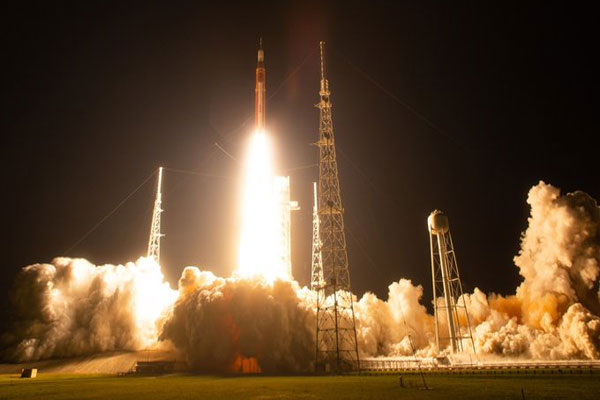NASA’s massive moon rocket has passed all performance tests, and engineers are now scrutinizing the Space Launch System (SLS) performance in preparation for the first crewed Artemis missions.
NASA is still analyzing data and learning more about the Space Launch System (SLS) rocket’s debut performance during the agency’s Artemis I launch on November 16th.
“NASA’s Space Launch System rocket has laid the foundation for the Artemis Generation and the future of spaceflight in deep space,” said John Honeycutt, SLS Programme manager.
“There is engineering and an art to successfully building and launching a rocket, and the analysis on the SLS rocket’s inaugural flight puts NASA and its partners in a good position to power missions for Artemis II and beyond,” he said.
According to preliminary post-flight data, all SLS systems performed admirably and the designs are ready to support a crewed flight on Artemis II.
NASA’s Space Launch System (SLS) rocket’s core stage contains over 1,000 sensors and 45 miles of cabling.
The only way to get real data on how the rocket performed during events like booster separation was to fly it.
“The data we got back from Artemis I is critical in building confidence in this rocket to send humanity back to the Moon,” said John Blevins, SLS chief engineer.
The SLS team will use what they learn from this flight test to improve future rocket flights, and they are already applying what they’ve learned about operations and assembly to streamline future missions, he added.
Cameras and sensors also allowed teams to monitor how the rocket performed while in space.
Engineers also kept a close eye on the rocket’s extreme temperatures and sounds just after liftoff.
NASA’s A-Artemis mission will land the first woman and first person of color on the Moon’s surface, paving the way for a long-term lunar presence and serving as a stepping stone for astronauts en route to Mars.
Source:IANS







 Finance
Finance







